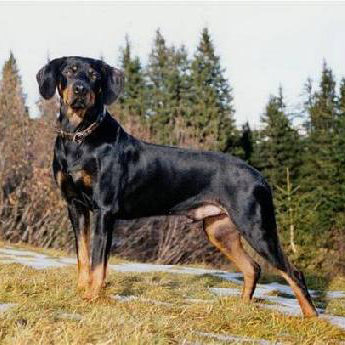

With the introduction of the horse they became fearless warriors, dominating the Great Plains and driving back the Kiowa and Pawnee. Seasoned hunters, the Sioux followed the buffalo from the shores of Lake Superior to the Black Hills of the western Dakotas. Proud Sitting Bull, Chief of the Hunkpapa Lakota, the Seven Council Fires gather to listen and honour your wisdom. He was killed by Indian agency police on the Standing Rock Indian Reservation during an attempt to arrest him at a time when authorities feared that he would join the Ghost Dance movement. Sitting Bull's leadership motivated his people to a major victory at the Battle of the Little Bighorn in 1876. Sitting Bull was a Hunkpapa Lakota holy man who led his people as a tribal chief during years of resistance to United States government policies. Today, the majority of the Sioux live at the 2,782 square mile Pine Ridge Reservation in southwestern South Dakota.


After three major wars and numerous other skirmishes, the battle of Wounded Knee in December 1890 marked the end of Sioux resistance as hundreds of Sioux men, women, and children were massacred by US troops. They first came into contact with Europeans during the 17th century, which would begin a series of conflicts as European settlers continued to push west onto Sioux lands. Gradually migrating west from Minnesota, the Sioux became nomads of the plains, taking advantage of horses which were originally brought to the Americas by the Spanish.

They can be subdivided into three major divisions based on dialect and culture: the Santee, the Yankton-Yanktonai, and the Lakota. The Sioux are a Native American people in North America, traditionally belonging to the Great Sioux Nation or "Seven Fires Council".


 0 kommentar(er)
0 kommentar(er)
